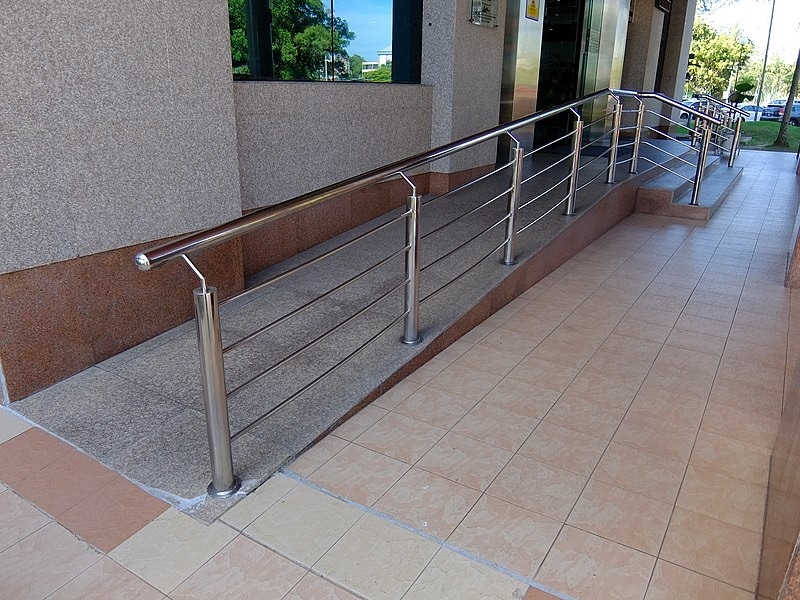Do I Need a Permit to Build a Wheelchair Ramp? What You Need To Know!
-
Chris Dinesen Rogers
- Last updated:

Usually, municipalities require a building permit if you change the footprint of your house with structural changes such as building an addition or deck. That also applies if you’re creating an opening for a skylight or a new egress. That’s indeed the case if you’re building a wheelchair ramp since it fits some of these criteria. Therefore, the short answer is yes.
The Purpose of Building Permits
Municipalities have only one thing in mind when issuing building permits: safety. They exist so that the cities can ensure that any construction project won’t negatively impact public or personal safety. That means following the building codes to a tee to ensure that a building remains structurally sound. That’s especially true with a complex project like a wheelchair ramp.
Homeowner associations may also require you to get a permit through them. At the very least, they may have specific regulations on the ramp’s design, materials, and placement.
We strongly urge you to contact your city and homeowner association to proceed with this project. You’ll likely find that the fee isn’t as expensive as you may think, given its purpose. It’s better than the alternative of the fee plus a hefty fine. You can save yourself a lot of hassle and money simply by making a phone call.

The Americans with Disabilities Act Accessibility Guidelines (ADAAG)
However, the permit is only a part of the issue, often with regulations varying depending on a ramp’s use and placement. For example, publicly accessible areas are bound by the provisions of the Americans with Disabilities Act Accessibility Guidelines (ADAAG). These regulations deal with specific dimensions and construction for optimal safety.
On the other hand, residential dwellings don’t have that same requirement. However, research has shown that the 1:12 slope recommended by the ADAAG is the best for both wheelchair-bound individuals and their caretakers. Therefore, it makes sense that these structures should adhere to the same guidelines. That brings another matter to the forefront.

Reasons to Go Pro
If you need to install a ramp, your best option is to have it professionally done by a contractor trained in this type of work. Bear in mind that this project may involve additional permissions. Luckily, these individuals usually pull the permit for you to keep everything legal. They can help you with the layout that best suits the layout of your property.
Another option is to go through a charitable organization like Habitat for Humanity. Their Ramp Program helps low-income families get these structures with the work fulfilled by volunteers. Going this route will take care of the permitting process.
Remember that a wheelchair ramp is a permanent addition to a house as long as the person who needs it is living there. Therefore, it requires a thoughtful design that will serve this purpose while making its removal easy. While it’s cheaper to do it yourself, we recommend that you job this one out to a professional with experience in these projects.

Conclusion
A wheelchair ramp allows individuals to continue to live an independent lifestyle in their homes. Thanks to the ADAAG, contractors have guidelines that make these structures safe for everyone, including the caregivers who will use them. Despite its purpose, a ramp still changes a home’s footprint, making a building permit a vital part of the process.
Featured Image Credit: Sajee Rod, Shutterstock
Contents
